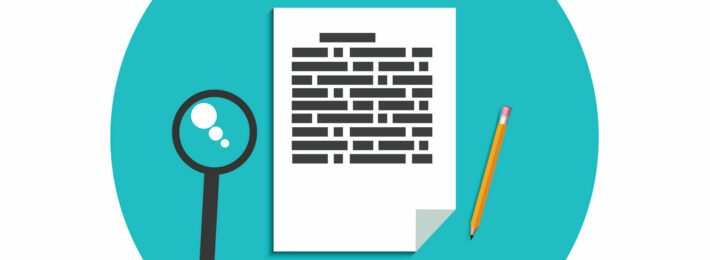
We work at institutions of higher learning, but are we doing enough to foster our own learning?
RELATED RESOURCES:
10 Tips for Optimizing the Return on Professional Development
Scorecard: How Do Higher-Ed Institutions Leverage Professional Development?
Full Report: The State of Professional Development in Higher Education (February 2016)
by Mickey Fitch, Academic Impressions
As professionals within higher education, our own practice should include ongoing education, development, and growth. All too often, though, we treat professional development as a seasonal or occasional practice, not a regular practice. Just as we encourage our students to attend class regularly, read textbooks, and apply what they’ve learned, we should bring that same rigor to our own learning process as we develop in our careers.
Yet each day, we are bombarded with information. How do we sort through it and prioritize what’s important? How do we know what to pay attention to? How do we make our professional development both more impactful and easier?
Here are some practical tips.
1. How to make sure you’re paying attention to the right things:
I recommend creating automated daily digests that get delivered straight to your inbox. We know that a world of information is available at our fingertips, but we need easy ways to mine that world to get the relevant, timely, and sometimes surprising information that we actually need.
Here are some tools I use, which can help:
- Paper.li is a daily magazine/digest service that collates articles based on parameters you specify. The digest comes to you by email each morning. Depending on your settings, you can also share the digest on your social media channels.
- Google Alerts search for keywords you specify and provide you with a digest of what Google finds for those terms. You can set up daily alerts or “as-it-happens” alerts, or less frequent alerts, and you can specify whether you want to see all the results, or just the most relevant ones. I have close to 45 alerts set up, and I find this very useful in keeping myself informed and up to date.
- IFTTT (“If this, then that”) is another service that I use to help curate daily information digests. IFTTT pairs apps and services with actions. A few that I have setup are getting auto-emails when certain websites publish new content, starting a new note in my Evernote when an action is triggered, etc.
- And at Academic Impressions, we have a Daily Pulse that provides a daily feed of new research findings, practical strategies, current events, and professional development events in higher education. If you haven’t already, you can sign up for that email here.
2. How to capture the information you need most:
It’s not enough to just have a system for collecting information relevant to your work; you need to be able to sort, prioritize, and retain what we need most. I document my professional development in Evernote, organizing my notes in digital notebooks (titled “reading,” “academic,” “webcast,” and “conference”). I tag each entry with key terms that I can use later to search and organize my notes. Thanks to this tagging, I am able to readily compile notes and ideas on a given topic in just a few minutes of search-and-gather.
Within each entry, I use a table to organize my notes:
- One box includes basic data, such as date of entry, source (link if possible), author(s), affiliation, publishing house, etc.
- A second box includes a summary (an outline) of the professional development reading or event. The most critical points, I put in bold.
- A third box lists links or other related items I want to check out later.
- The last box is more free-form in nature: it is for questions, things the piece made me think of, opportunities for application, who I might want to share this with, etc.
I have a template for this note, and I just duplicate it in Evernote whenever I need to add a new entry.
Being able to capture, retrieve, sort, and use items you have learned for idea generation and problem solving is critical to thriving as a higher-ed professional, whether you are faculty or an administrator.
3. How to make the most out of each professional development opportunity:
Suppose that a couple of weeks from now, you are attending a conference on academic advising and military-connected students. Here’s how you can start preparing today in a way that doesn’t take much time but that does set you up to use that conference more effectively as a learning opportunity:
- Set up Google alerts for the topic (i.e. “academic advising” and “military”, or “academic advising” and “veteran”, etc).
- Conduct literature reviews using your institution’s library.
- Connect with known speakers on the topic (or presenters at the conference) via Twitter—read what they are tweeting about.
- Set up (in advance) a debrief meeting with your colleagues to occur after the conference, to share what you learn with the rest of your department.
- Make a list of questions that you have about the topic, so that you are clear on what you most need to learn while at the event.
- Select the sessions you most want to attend, ahead of time—and if you use a note-taking tool like Evernote, set up templates for your notes in advance.
On a daily basis, I also reserve time for RRW: reading, research, and writing. This is when I check my Google alerts, read up in my field, and review my notes from the past few days. This helps me retain and reflect on what I’ve learned, and ensures that I am always bringing new perspectives, avenues for discussion, and new ideas to my office—without disrupting an always-busy schedule.
GET IN TOUCH
Want to know more about how I pursue professional development? Or about professional development activities and opportunities I am developing for other student affairs professionals? Reach out to me at mickey@academicimpressions.com.

